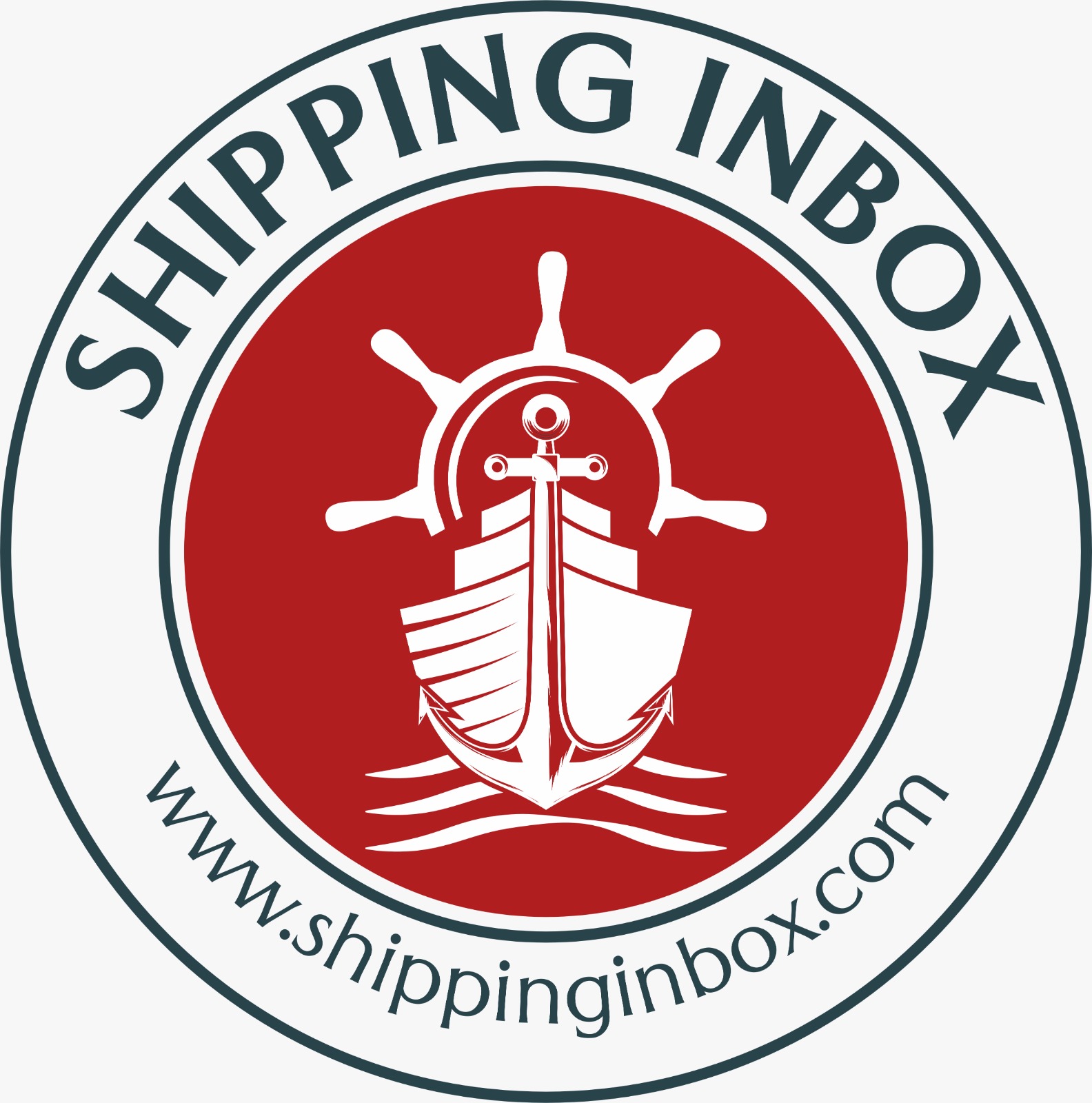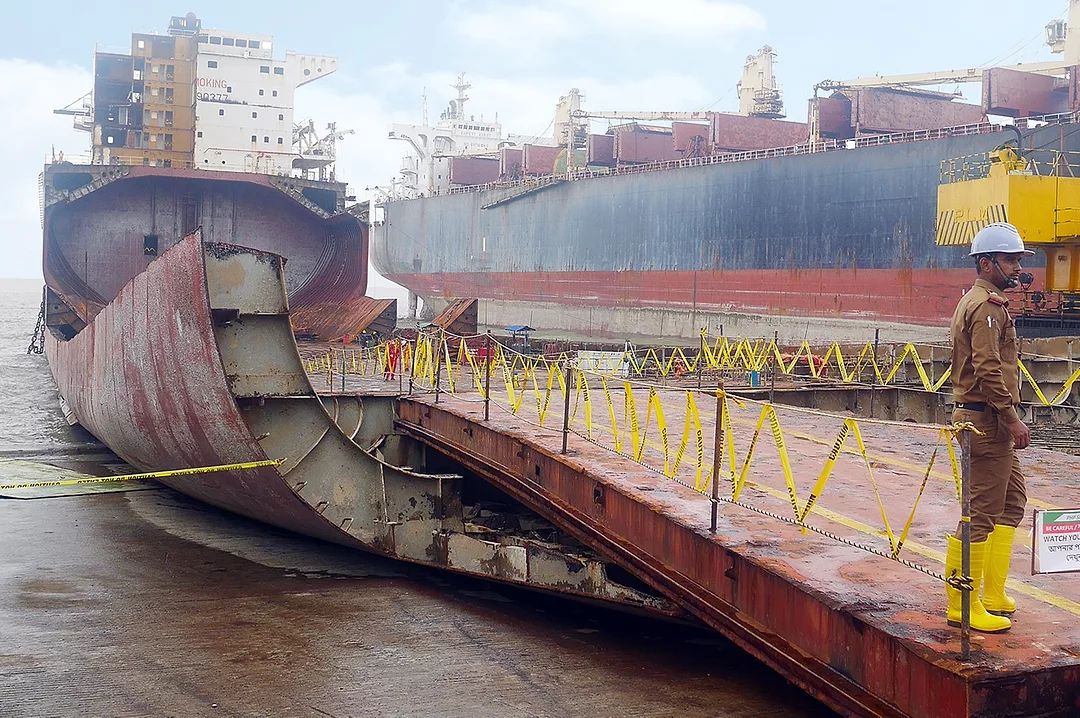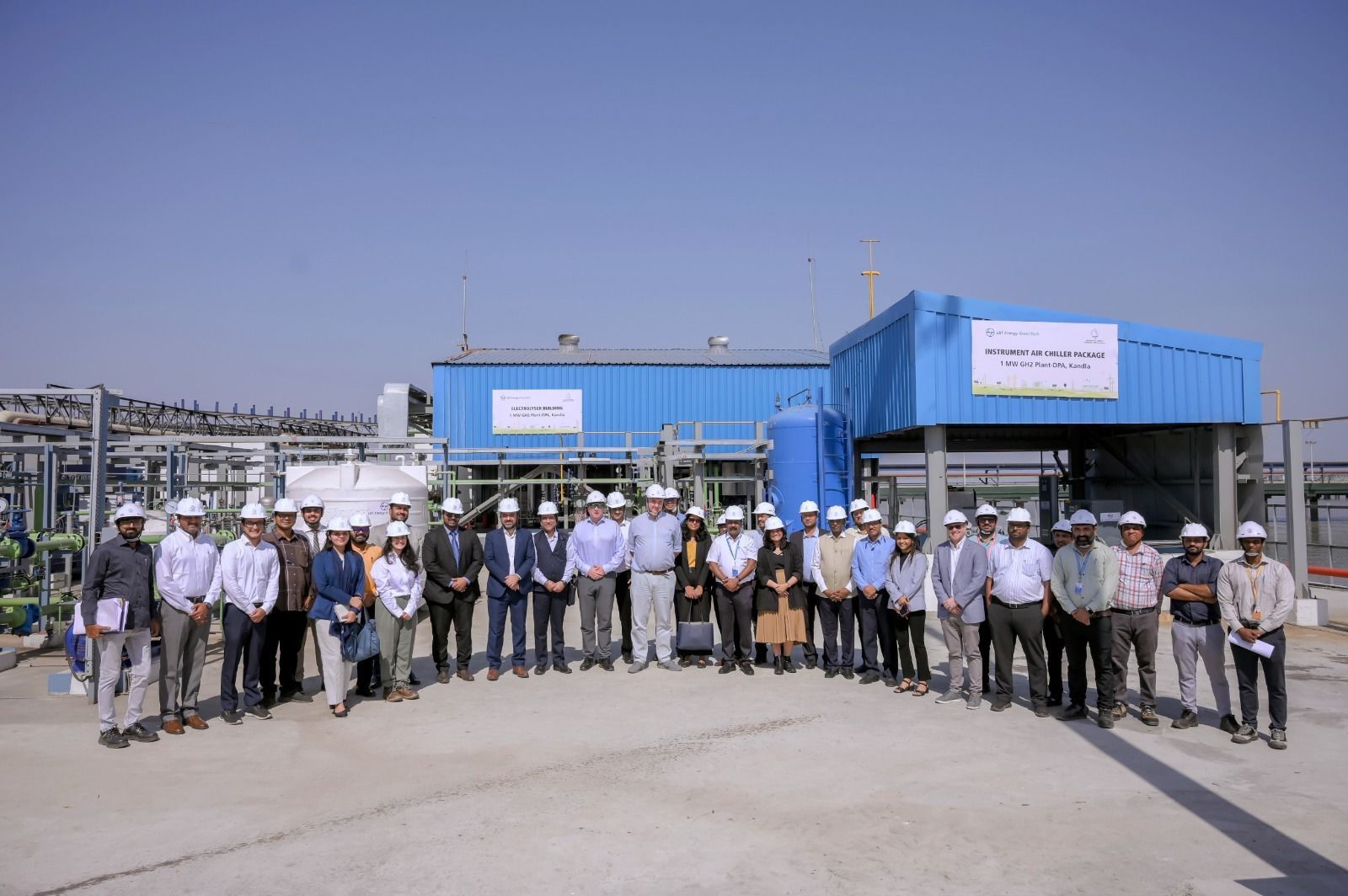Norway’s Stad Ship Tunnel: Engineering Marvel and Economic Catalyst
Norway is poised to redefine maritime transportation with the construction of the Stad Ship Tunnel, an ambitious engineering project designed to provide cargo and passenger vessels with a safer and more efficient passage through one of the most perilous stretches of the Norwegian coastline. The tunnel will cut through the Stad peninsula, bypassing its hazardous waters and eliminating the challenges posed by the frequently rough seas and powerful currents that plague this region.

The Stad peninsula juts into the Norwegian Sea, creating a notorious bottleneck for maritime traffic due to its relentless weather and unpredictable currents. To combat these treacherous conditions, the Norwegian government has envisioned a mile-long tunnel carved directly through the peninsula. This groundbreaking project, spearheaded by the Norwegian Coastal Administration, marks a new chapter in maritime engineering.
From Vision to Reality
After years of limited updates following the initial announcement, the project has regained momentum. The Norwegian Coastal Administration recently published the tender for the tunnel’s construction, with a pre-qualification deadline set for January 2025. If all proceeds according to plan, construction will commence in late 2025, with the tunnel slated for completion and opening by 2030.
Once operational, the Stad Ship Tunnel will feature an estimated speed limit of eight knots, allowing vessels to traverse its length in approximately ten minutes. While the tunnel’s design caters primarily to smaller vessels such as coastal ferries and small passenger ships, it is expected to be a game-changer for maritime traffic in the region.
Engineering Meets Tourism
Beyond its practical benefits, the Stad Ship Tunnel is poised to become a major tourist attraction. Designed by the renowned architectural firm Snøhetta, the tunnel’s entrances will showcase rough-hewn rock walls, walkways, and a road bridge that seamlessly blend with the natural landscape. These features are expected to create scenic viewpoints, attracting visitors and boosting local tourism.
Although most large cruise ships will be too big to navigate the tunnel, smaller vessels on the Norwegian coastal route will offer travelers a unique experience, transforming the passage through the tunnel into an unforgettable journey.
Addressing Maritime Challenges
The project gains further significance in light of Norway’s proposed regulations for large cruise ships navigating hazardous waters during storms. Set to take effect in July 2025, these rules would apply to passenger ships over 492 feet in length, requiring them to avoid high-risk coastal areas during storms with wind speeds exceeding 20 meters per second (about 45 miles per hour). The proposed regulations underscore the dangers of Norway’s exposed waters and highlight the Stad Ship Tunnel’s role as a safer, more reliable alternative for maritime traffic, even if large cruise ships will not benefit directly from the tunnel.
Economic Impact on Cargo and Fisheries
While the Stad Ship Tunnel is a monumental achievement for Norwegian travel, its most significant economic benefits are expected to stem from its impact on cargo transportation. The $440 million project will revolutionize commercial shipping by offering safer deliveries, reducing waiting times, and ensuring shorter transport durations. This efficiency is particularly crucial for the fishing and aquaculture industries, which are heavily affected by weather-related delays at the Stad peninsula.
Fishing vessels often face challenges delivering goods in bad weather, leading to increased wait times, catch deterioration, and limited delivery options. For the aquaculture sector, these delays result in significant income losses. Mowi, the world’s largest fish farming company, has been a staunch advocate for the tunnel. With a major salmon reception facility north of the Stad peninsula and numerous fish farms to the south, Mowi anticipates the tunnel will enhance its supply chain by reducing delays and preserving product quality.
Similarly, Rostein, a leading bilge well vessel company, reports that 20% of its fleet experiences delays due to the adverse conditions at Stad. The tunnel is expected to alleviate these issues, ensuring smoother operations for the company and the broader fishing industry.
Environmental and Logistical Benefits
The Stad Ship Tunnel also aligns with Norway’s environmental and transportation goals. By providing a safer and more efficient sea route, the tunnel will encourage a shift from road to sea transport. Currently, much of Norway’s fresh fish exports rely on trailer transport due to the challenges of navigating the Stad peninsula. The tunnel will enable more reliable sea transport, reducing the strain on Norway’s congested road network.
This shift is expected to yield multiple benefits, including lower operating costs, reduced road wear and tear, and decreased greenhouse gas emissions. With the seafood industry poised for significant growth, the tunnel will play a critical role in supporting this expansion while minimizing its environmental impact.
A Vision for the Future
As the world’s first full-scale ship tunnel, the Stad Ship Tunnel represents a bold vision for the future of maritime transportation. By addressing the challenges of navigating the hazardous waters around the Stad peninsula, this pioneering project will not only enhance safety and efficiency for vessels but also stimulate economic growth, support local industries, and promote sustainable transportation practices.
With construction set to begin in 2025 and an anticipated opening in 2030, the Stad Ship Tunnel is a testament to Norway’s commitment to innovation and its enduring connection to the sea. As the project progresses, it will undoubtedly capture the imagination of engineers, environmentalists, and travelers alike, cementing its place as one of the most remarkable infrastructure projects of the 21st century.
Author: shipping inbox
shipping and maritime related web portal








